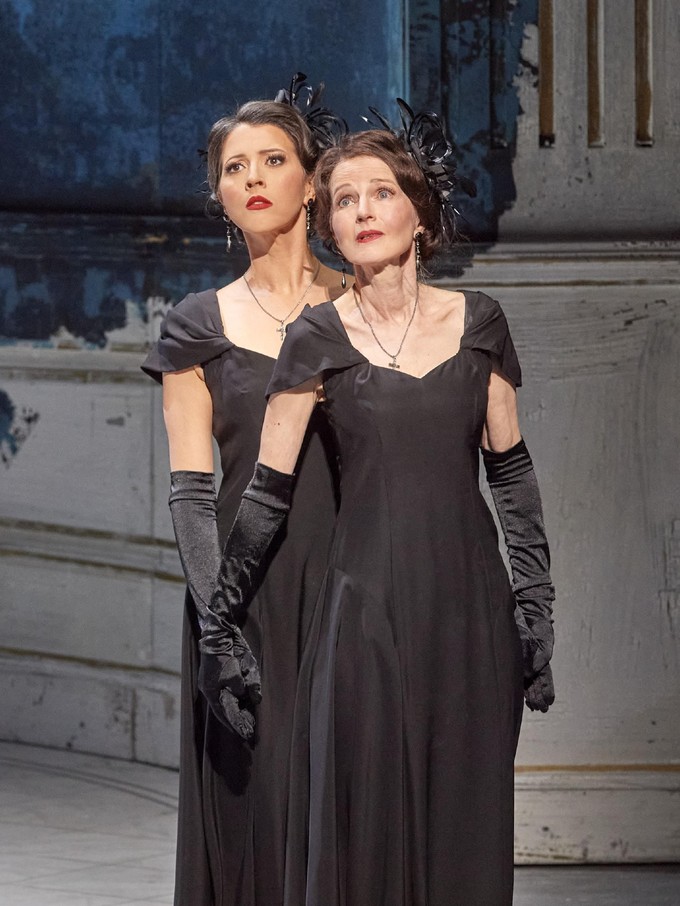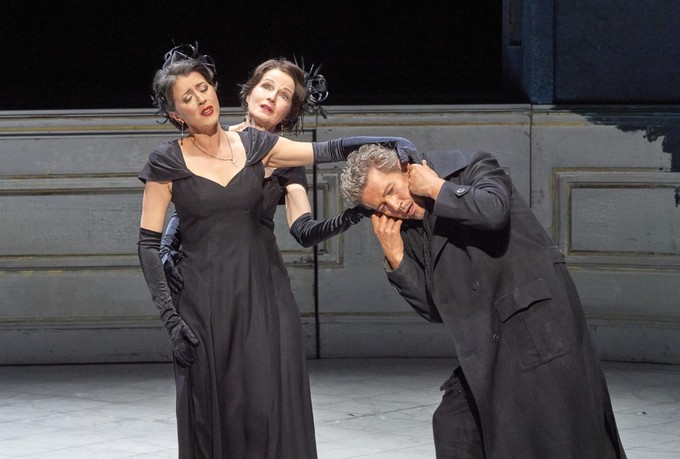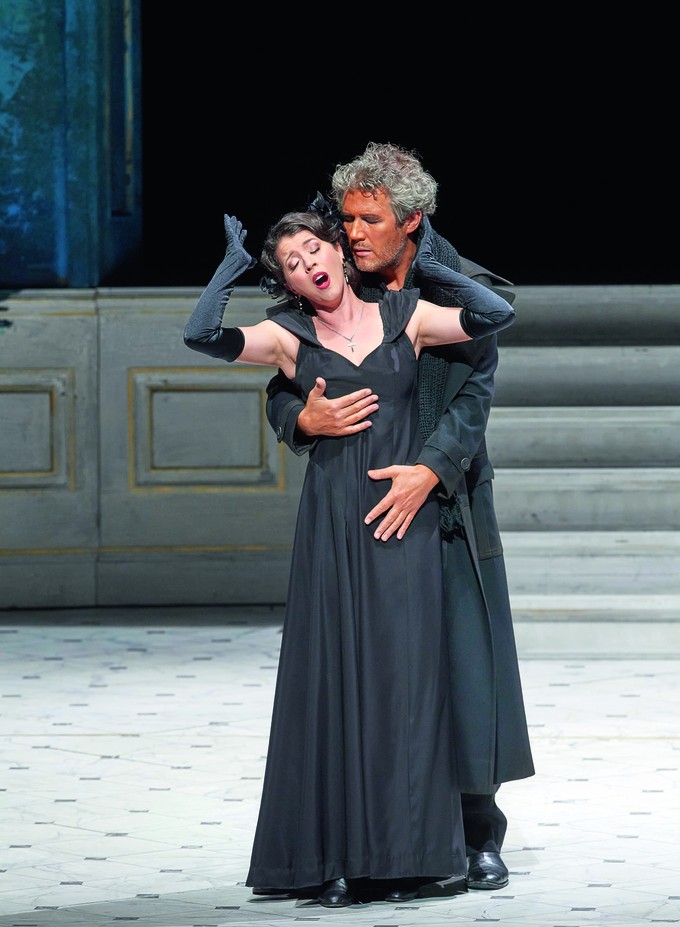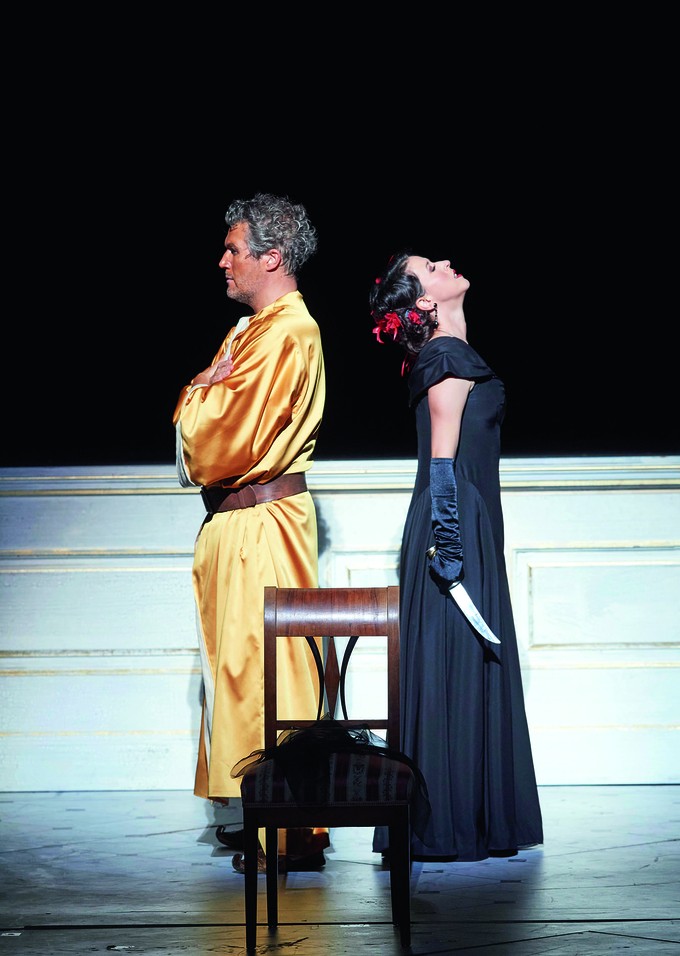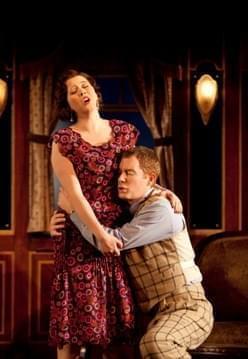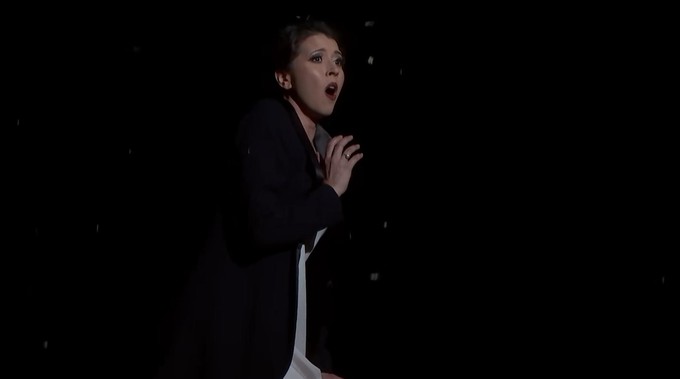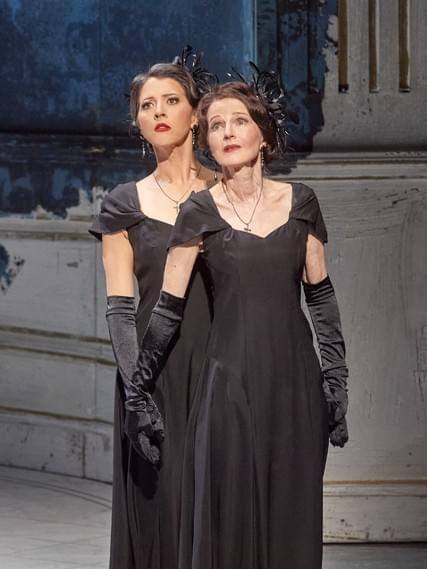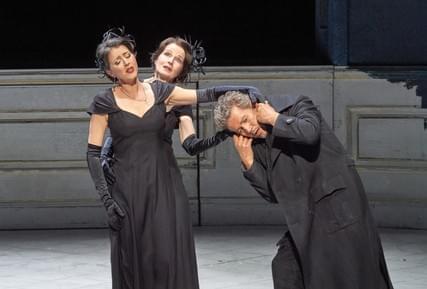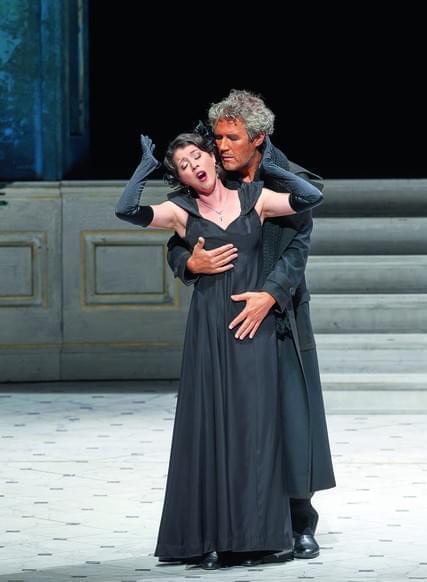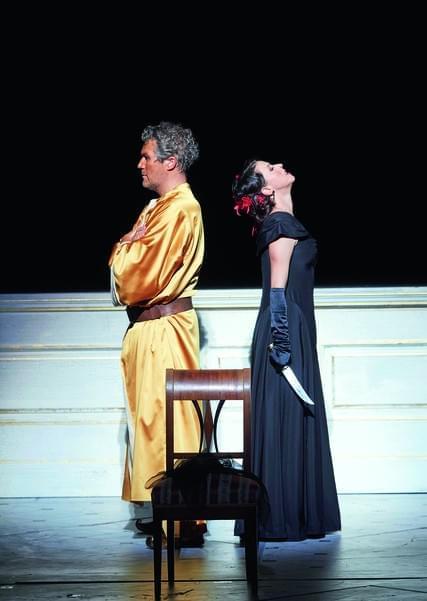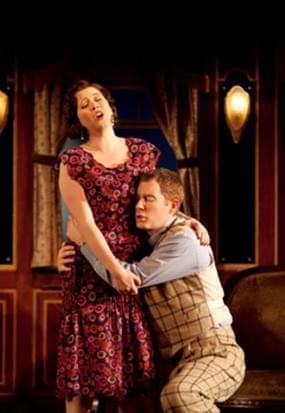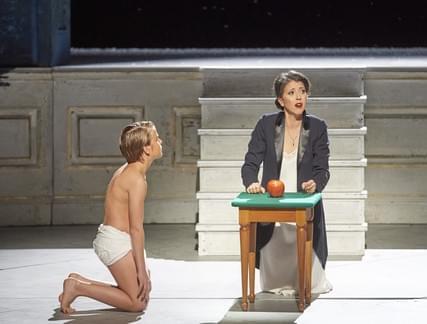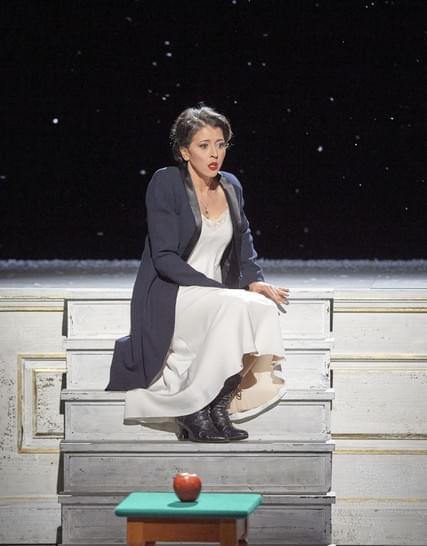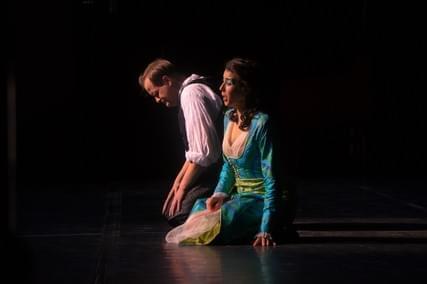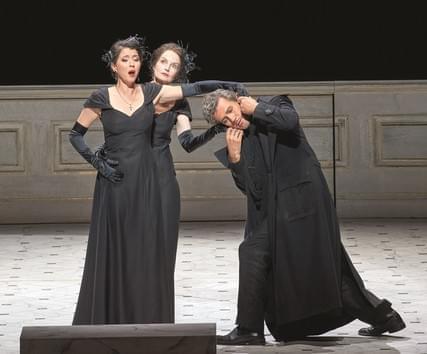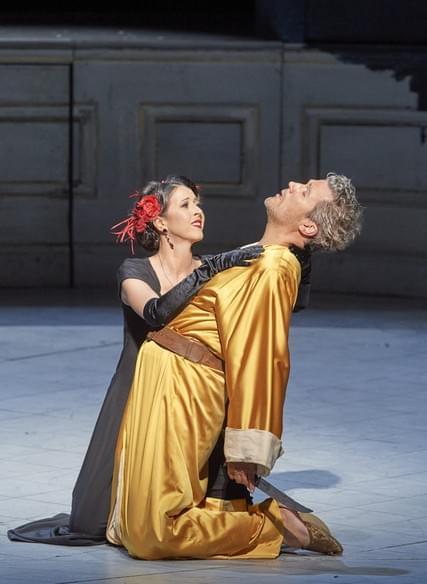Konstanze in Die Entführung aus dem Serail
Lisette Oropesa's portrayal of Konstanze has captivated audiences and critics alike, with her performances consistently earning high praise for their technical mastery and emotional depth. Across multiple reviews, a common theme emerges: Oropesa's ability to conquer the formidable challenges of the role with extraordinary skill. Her execution of the demanding coloratura passages, particularly in the bravura aria "Martern aller Arten," is highlighted as a standout feature. Critics from Der Standard and Kronen Zeitung specifically note her virtuosic precision and warm, supple soprano that resonates beautifully with her audience.
Another notable aspect of Oropesa's interpretation is her ability to infuse the role with sincerity and a sense of dramatic intensity. The reviews collectively emphasize her capacity to blend technical prowess with emotional expression, resulting in performances that are both technically impeccable and deeply moving. Oropesa's debut at the Vienna State Opera is described as a radiant event, with her portrayal of Konstanze characterized by heartwarming sincerity and effortless vocal control. This combination of technical excellence and emotional resonance makes her interpretation particularly compelling, leaving a lasting impression on both audiences and critics.
Furthermore, Oropesa's presence on stage is often compared to legendary sopranos, with her delicate vibrato drawing comparisons to Erika Köth in the Tiroler Tageszeitung. Her ability to take ownership of the role, demonstrated through confident and expressive performances, has led to her being described as the star that outshines everything else in the production. Collectively, these reviews paint a picture of an artist who not only masters the technical demands of the repertoire but also brings a fresh, heartfelt energy to her roles, making her interpretation of Konstanze a significant highlight in contemporary opera.
Lisette has been reviewed 24 times in this role.
Role Information
- Composer: W. A. Mozart
- Opera: Die Entführung aus dem Serail
- Performances: 43
- Reviews: 24
- Venues: 7
- Organizations: 7
- Years: 2010 - 2022
Famous Interpreters
The role of Konstanze in Mozart's "Die Entführung aus dem Serail" was first created by the German soprano Caterina Cavalieri at the opera's premiere on July 16, 1782, at the Burgtheater in Vienna. Cavalieri's portrayal of Konstanze was particularly noteworthy for her ability to navigate the demanding coloratura passages and expansive vocal range required by the role. A pupil of Antonio Salieri, Cavalieri was renowned for her technical precision and expressive delivery, which were perfectly suited to Mozart's challenging score. In addition to creating the role of Konstanze, she was also notable for her performances in other operas of the time, such as Salieri's "Axur, re d'Ormus." Cavalieri's interpretation set a high standard for both the vocal and dramatic elements of the role, with her ability to convey both the strength and vulnerability of Konstanze becoming a benchmark for subsequent performers.
Following Cavalieri, several sopranos have left an indelible mark on the role of Konstanze, each bringing their unique artistry to the part. In the mid-20th century, Elisabeth Schwarzkopf (active 1938-1979) became one of the iconic interpreters of Konstanze. Known for her exceptional vocal technique and nuanced phrasing, Schwarzkopf brought a refined elegance and emotional depth to the role, as evidenced in her famous 1965 recording under the baton of Otto Klemperer. Her portrayal was characterized by a blend of regal dignity and emotional vulnerability, offering a more psychologically complex interpretation than earlier renditions. Another pivotal interpreter was Edita Gruberová, active from the 1970s through the early 21st century. Gruberová's performances were celebrated for her crystalline coloratura and dramatic intensity. Her interpretation infused Konstanze with a modern sensibility, emphasizing the character's resolve and independence. Gruberová's live performances, particularly those at the Vienna State Opera, became legendary, showcasing her ability to navigate the technical demands with apparent ease. Both Schwarzkopf and Gruberová redefined the role for their respective eras, each building upon the foundation laid by Cavalieri while introducing new dimensions of emotional and vocal expression to this iconic Mozartian heroine.
About the Composer
Wolfgang Amadeus Mozart, born in 1756 in Salzburg, was a prodigious talent whose operas are celebrated for their melodic beauty and dramatic insight. His style blends the elegance of the Classical era with a deep emotional expressiveness, setting new standards for operatic composition. "Die Entführung aus dem Serail," composed in 1782, was Mozart’s first major success in Vienna and marked his exploration of the Singspiel, a form combining spoken dialogue with music. Written at the request of Emperor Joseph II, who sought a German-language opera to showcase Austrian culture, this work stands out for its vibrant orchestration and innovative use of Turkish-inspired music. Its significance lies in Mozart’s deft character development and his ability to infuse the score with both humor and pathos. His vocal writing in this opera is particularly notable for its demanding arias, showcasing the virtuosity of the performers and the emotional depth of the characters, thereby setting a precedent for future operatic compositions.
Performance History
Lisette has performed Konstanze 43 times.


